Bacharach am Rhein
Last week I shared more of my Viking River Cruise with you: I told you about Kaub, Burg Gutenfels and Burg Pfalzgrafenstein. Today I want to share the next little town we sailed by, the romantic town of Bacharach, Germany.
Victor Hugo and several other artists and poets deemed Bacharach a truly Romantic destination on the Rhine in the first half of the nineteenth century. They helped revive interest in restoring and preserving many areas along this stretch of the Rhine that are now part of the Unesco Upper Middle Rhine Valley World Heritage Site.
And even today, it still has a romantic charm. Just look at these cute little cottages that lined the bank as we left Kaub. And yes, there is another of my km markers.
This looked like a lovely place to spend an afternoon for a picnic. The shore was a little rocky, but I bet those rocks heated up quickly in the sunlight and would be fun in the summer to warm up on after a quick dip in the Rhine to cool off.
But then our first view of Bacharach appeared. There was a castle and lots of old and interesting buildings.
Some of the pictures are not the greatest because of where the sun was in the sky, but this was my only opportunity so there was no other option. The castle on the rocky crag above the town is Castle Stahleck, which today is a Youth Hostel.
And, Bacharach we were told by our Viking Guide has some of the best preserved defensive walls and towers that we will see on our trip. There are ten towers overall. In the picture above you can see a small tower at the top of the defensive wall, Spitzer Turm, and another tower on the hill to the left, Postenturm.
In the picture above there are more towers. Starting to the left on the wall of the actual castle is Halbrundturm. Then, in the town center, there are two more. The one on the left is Marktturm and the one on the right is Munzturm. The steeple in the middle of the towers belongs to Peterskirche, or Saint Peter’s Evangelical Church.
On this map from 1645 you can see all of the towers and churches that made up Bacharach at that time. It’s pretty amazing that there are still so many standing.
Above you can see the wall and more of Spitzer Turm. It was destroyed not long after this map was made and only part of it remains today. And you can also see one of the rocky outcrops that helped protect the castle from invaders.
Here you see Spitzer Turm, Postenturm on the hillside and Munzturm. The hillside is full of vineyards. Bacharach has long been known for winemaking and has played an important part in the wine trade in this region for centuries.
What a picturesque town.
Here you can see some of the other landmarks of Bacharach. The church in the center is Saint Peter’s Evangelical Church which dates to 1094 and has been rebuilt several times through the centuries. The chapel on the hill behind it is Werner’s Chapel, a romantic and lovely gothic ruin.
There are also many half timber houses and structures in the town. And it looks like there is a wonderful park along the banks of the Rhine.
There are many walking tours through the town. You can even walk along the fortified walls and visit the defensive towers. It is definitely a tourist destination. Just look at all of those cars!
And of course, a lot of tourists are brought by boat. There is a visitors center right off the dock.
What a lovely view from our ship!
The vineyards on the hillside reminded me of a patchwork quilt. Another thing our Viking Guide told us was that Bacharach was one of the few towns in this section of the Rhine that was not originally built on a Roman foundation, like Cologne. Bacharach was actually of Celtic origin. The town name was derived from Baccaracum or Baccaracus.
Wernerkapelle
And then just look at this beauty. This gothic ruin of Wernerkapelle was actually completed in 1426. It was built to honor Werner of Oberwessel, a young boy that was said to be killed by local Jews in the area.
It is a sad story. His death led to an uprising against the Jews and many were killed. Werner later became a Christian Saint and today there is a plaque on the ruin dedicated to victims and a prayer quote by Pope John XXIII.
In 1689 during the Nine Years War it was attacked and later fell into ruin. Many parts of the original chapel had to be brought down throughout time due to safety, but as part of the Romantic Renovation of the Rhine, what is left has been preserved. It is a beautiful sandstone structure with filigree tracery and wonderful gothic accents, like gargoyles and huge windows that would have been full of marvelous stained glass.
Because of Werner’s Sainthood, this chapel was a pilgrimage destination for early Christians and along with Stahleck Castle, was an important part of Bacharach’s landscape for centuries.
Burg Stahleck
Stahleck Castle is built on a rocky crag overlooking the town of Bacharach and dates to 1135. Obviously it was a heavily fortified castle. At one time it even had a moat.
Directly below the castle you can see the Marktturm, one of the remaining defensive towers.
It has a commanding view of the area.
When Stahleck was built, it was the first large castle north of Bingen and Rudesheim. Soon the castle became a center of power in the territory of the Counts Palatine. They helped to make Bacharach a key trade town along the Rhine.
The castle also became part of the Holy Roman Empire and many large ceremonies and weddings were held here for those that were part of the many royal cast members over time.
During the Thirty Years War the castle was attacked multiple times and soon fell into disrepair.
During the Romantic Reconstruction period it was decided to rebuild the castle and restore as much as possible.
Work started in earnest in the early twentieth century, only to be interrupted by World War I. In 1925 a decision was made to continue rebuilding and turn the castle into a Youth Hostel, which it remains today. It has since become known as a prestige project, wherein the entire castle was rebuilt based on historic renderings and engravings.
The Keep, the large tower in the center was finally dedicated in 1967, finishing the complete twentieth century reconstruction.
Oh, and by the way, they also had a view of their neighboring castle, Burg Gutenfels. Remember how I told you that you could almost see from one castle to the next here? As we were leaving Bacharach, our Viking Guide made sure to tell us to look back to view that castle one last time. Our guides really knew their job. And I loved the fact that they would point out little tips like this to us. There was so much to see on this part of our trip and it would have been so easy to miss these little opportunities if not for their mentioning it to us.
But we were on our way further down the Rhine and we would be leaving the lovely and romantic town of Bacharach. And its magnificent castle and charming churches and defensive towers. We were headed toward Lorch.
I can see why Hugo was so enamored with Bacharach. It really is a truly romantic and picturesque town.
This is not a sponsored post. This is my experience from my trip with Viking River Cruises. Email me to find out how you can save $100 when you book your first cruise with Viking through their referral program.
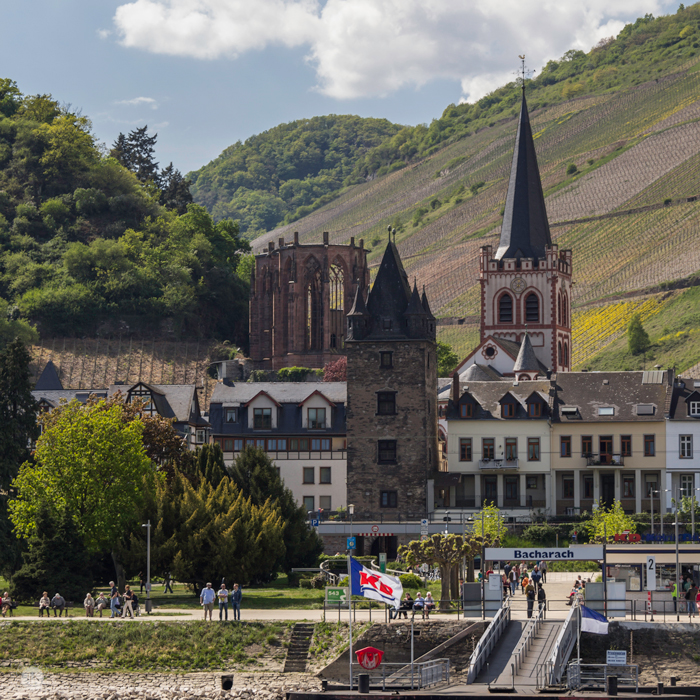
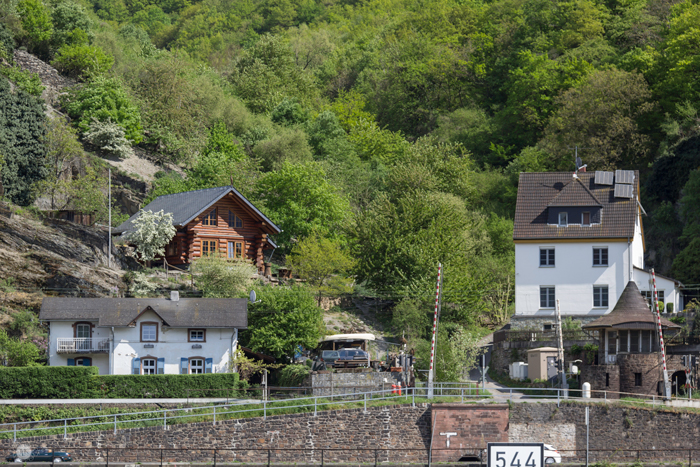
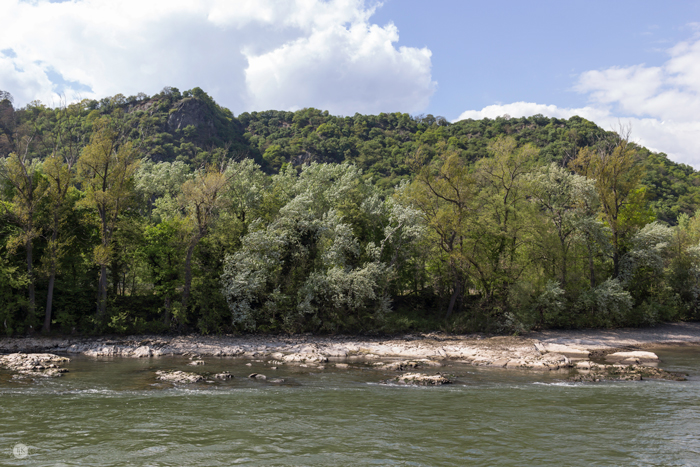
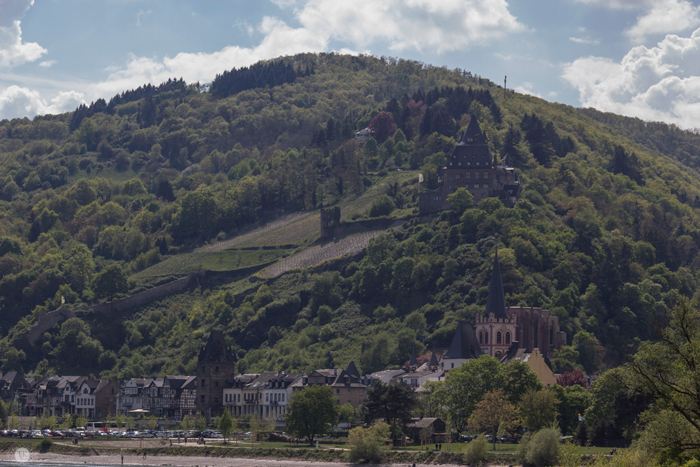
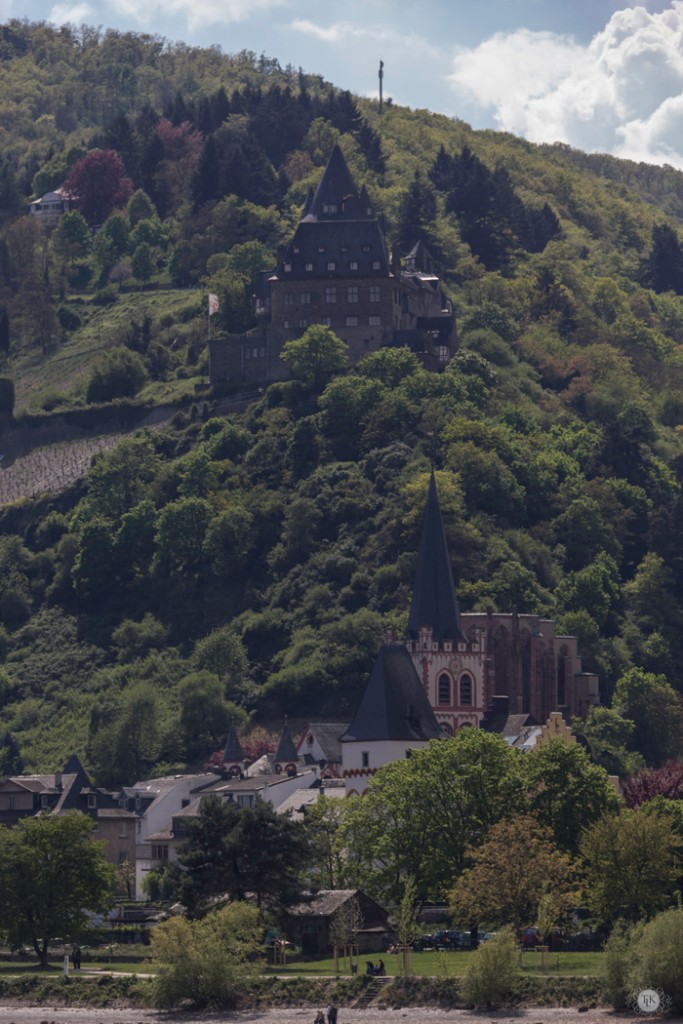
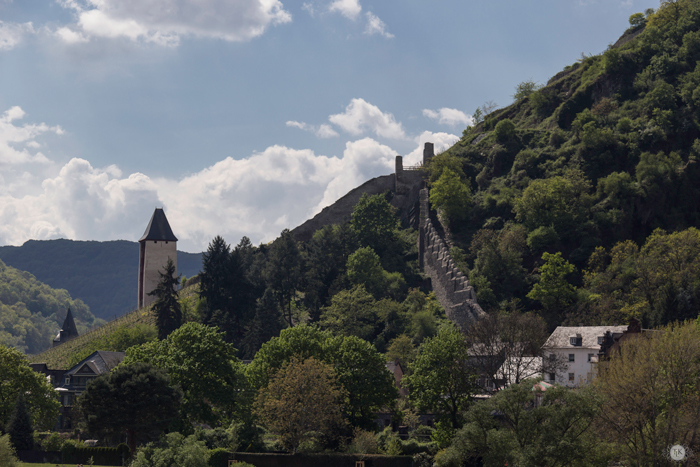
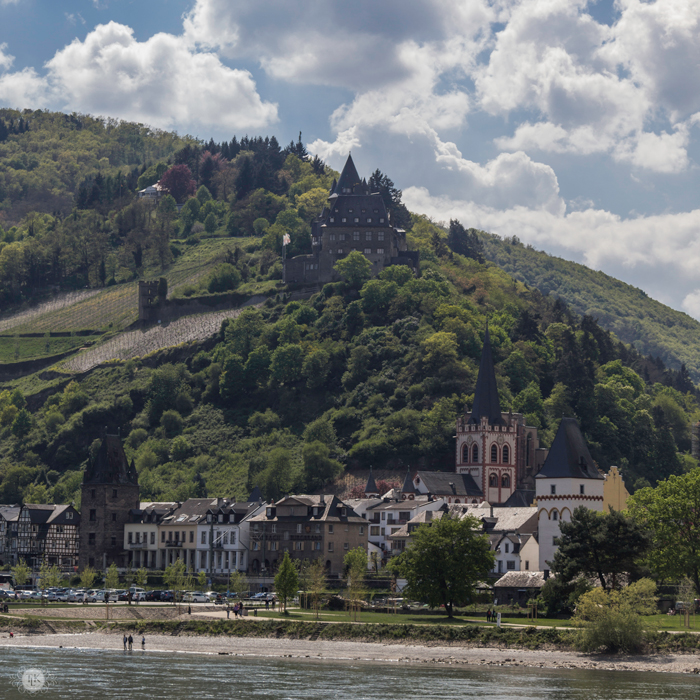
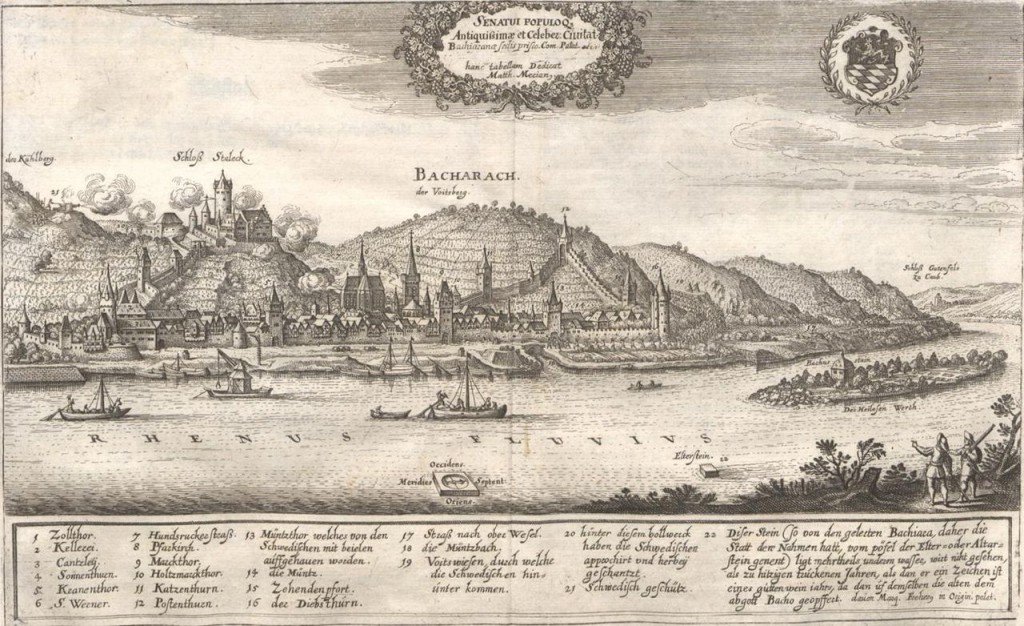
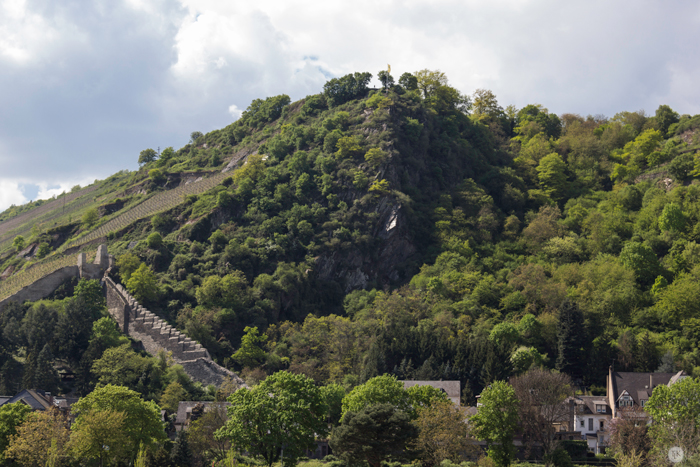
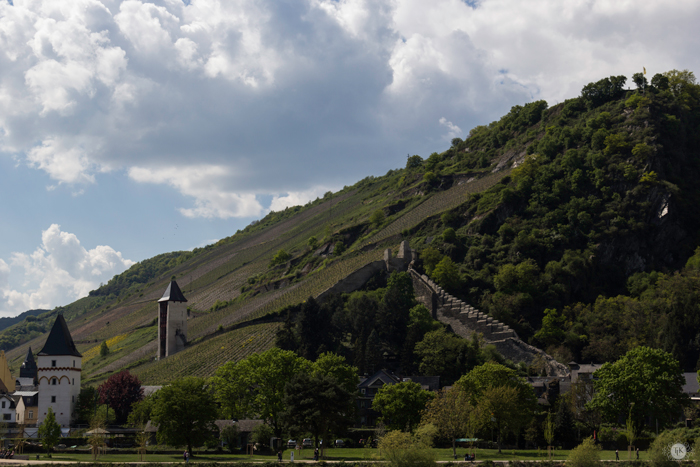
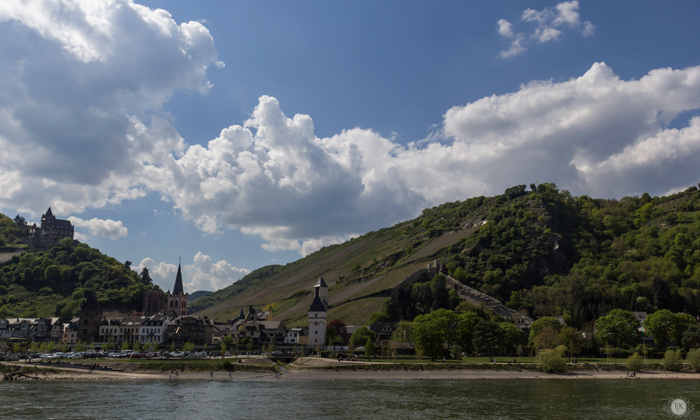
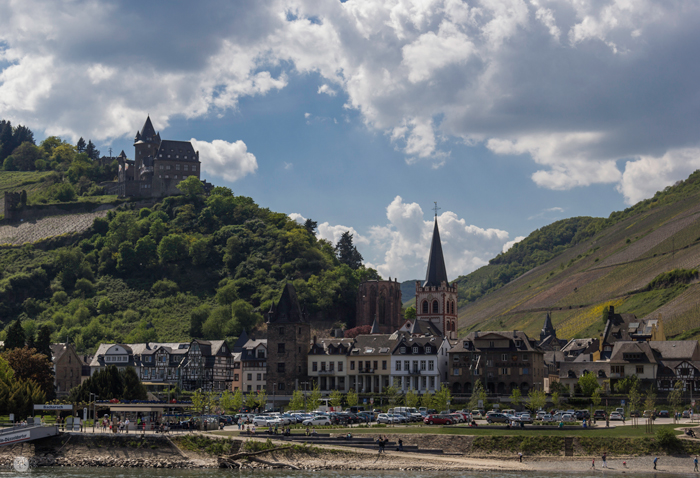
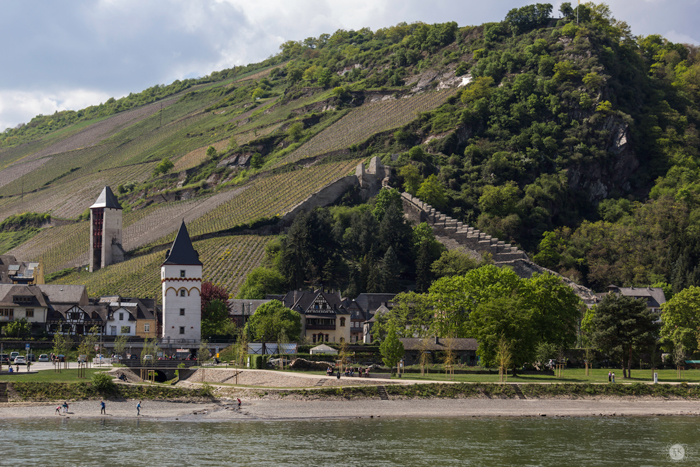
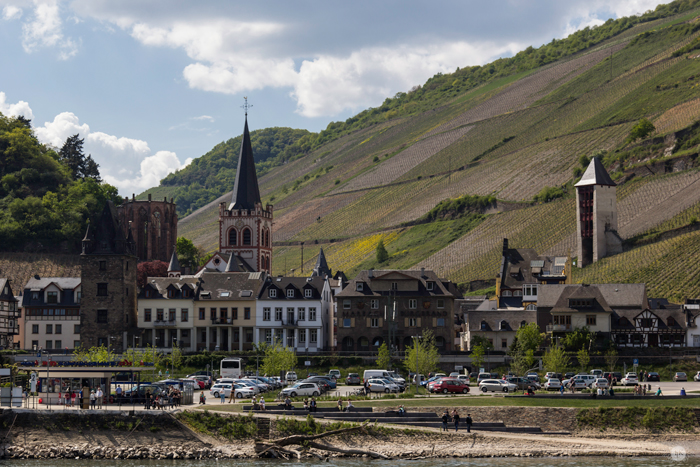
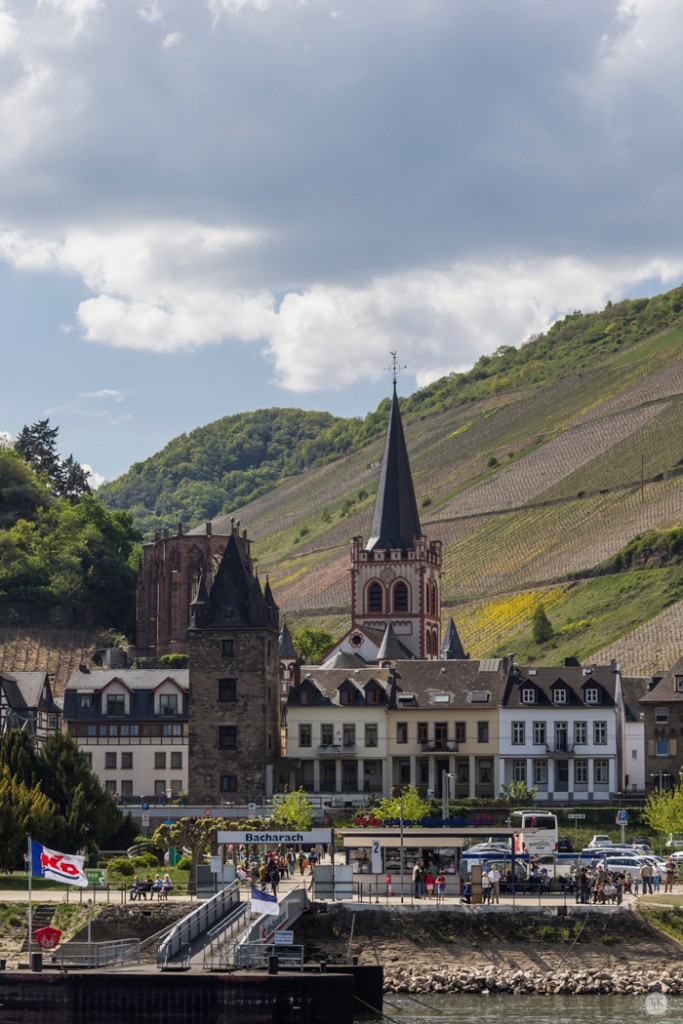
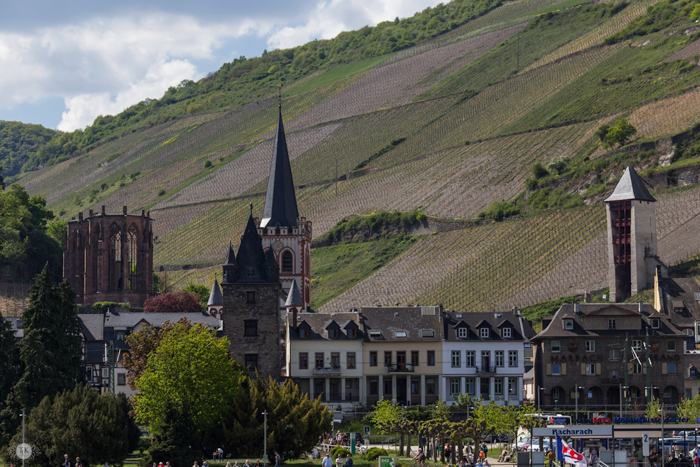
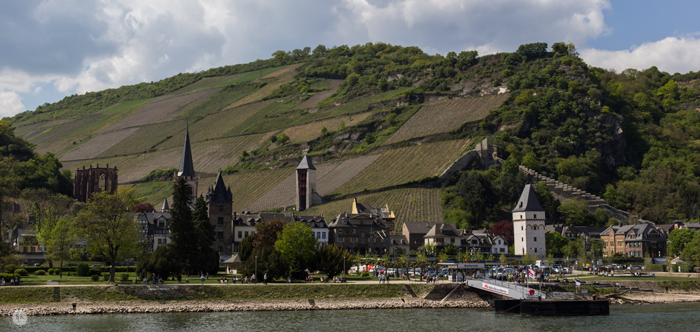
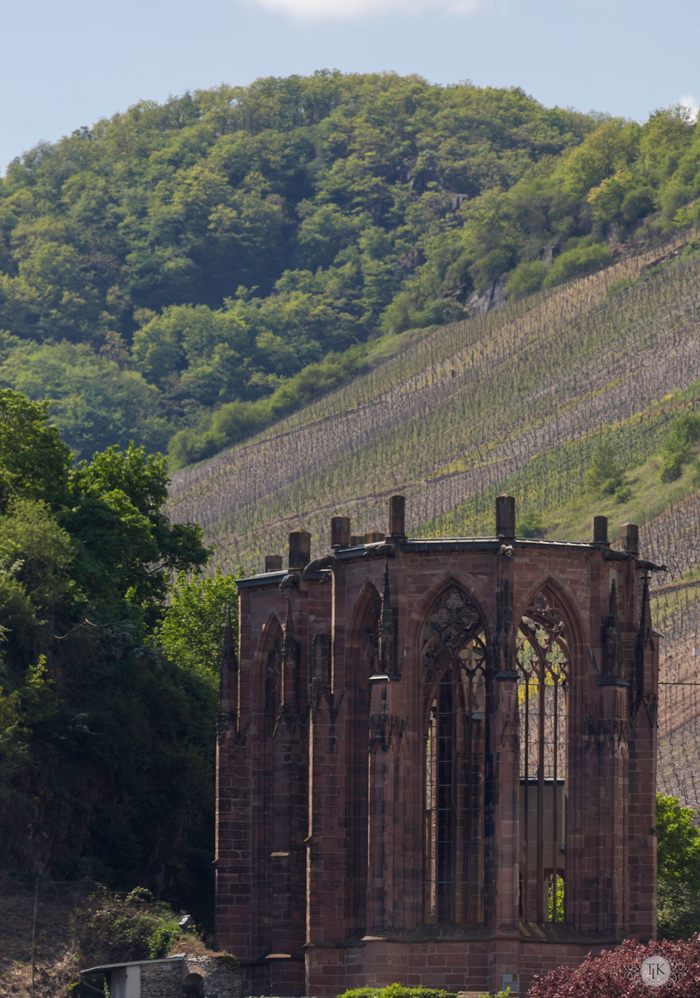
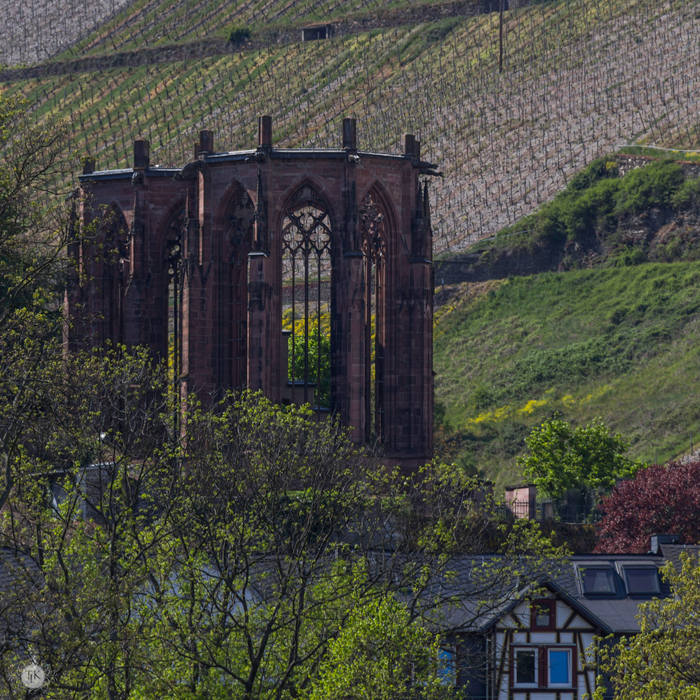
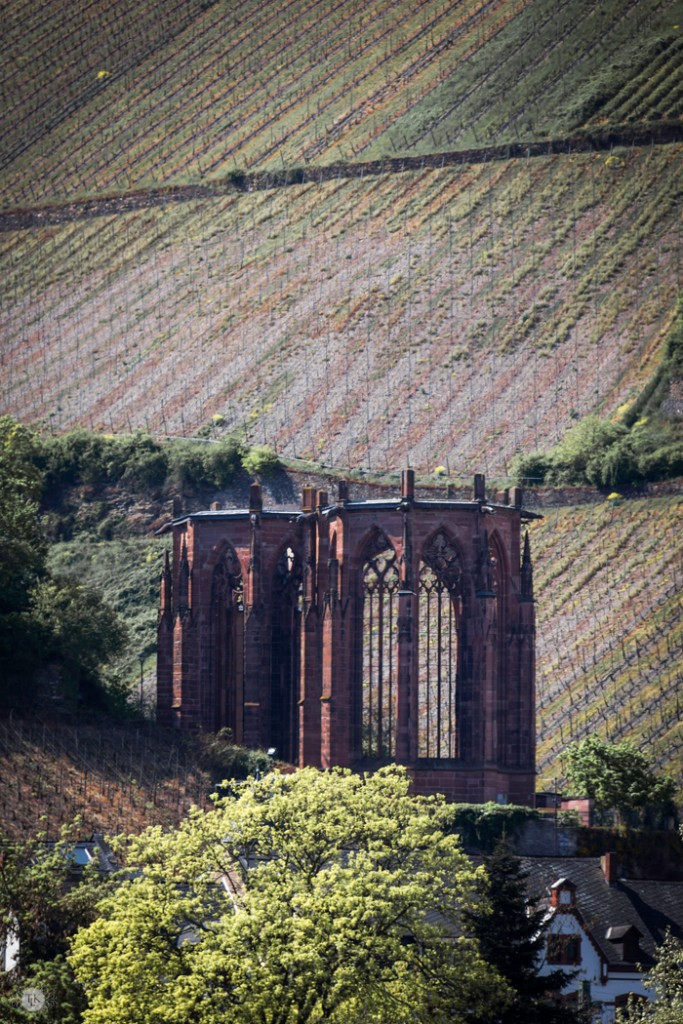
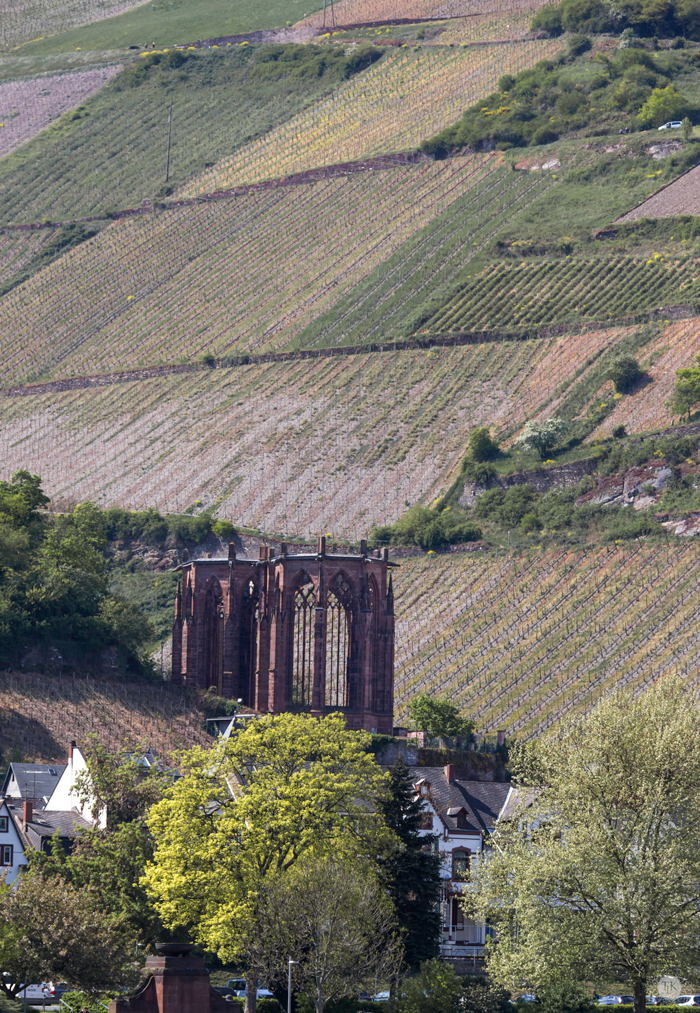
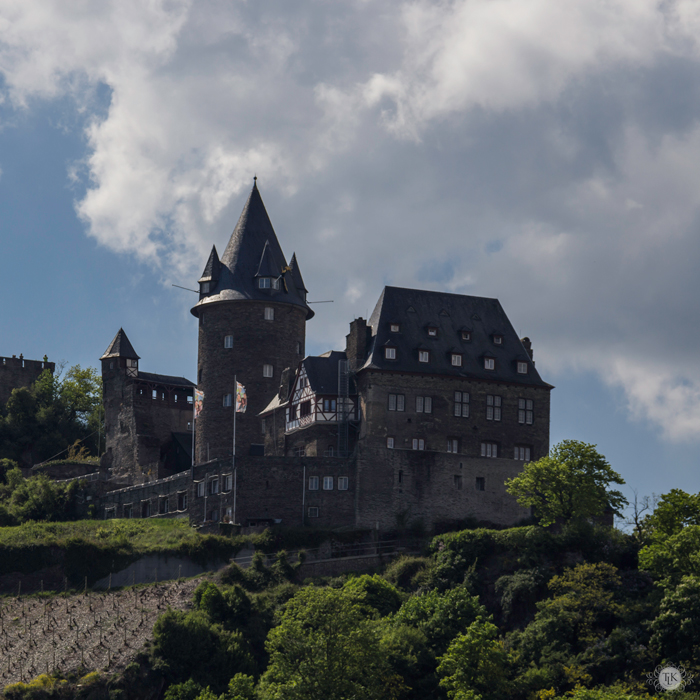
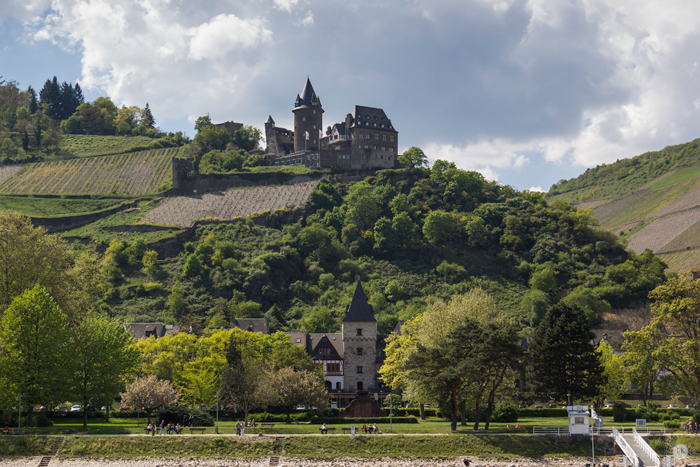
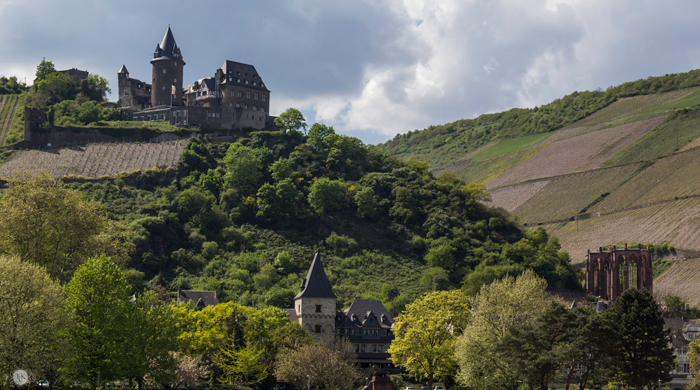
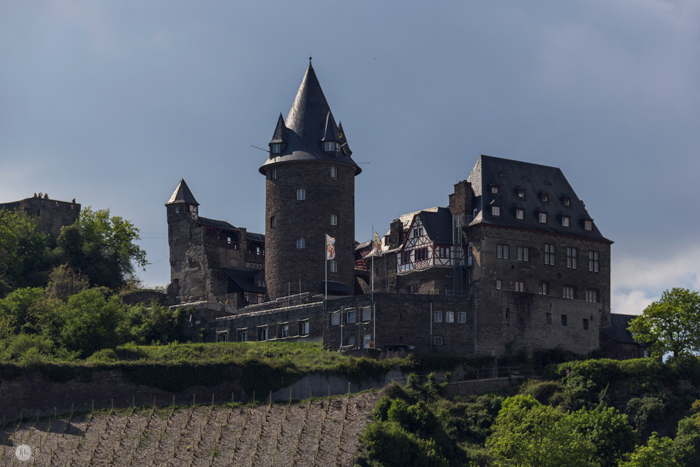
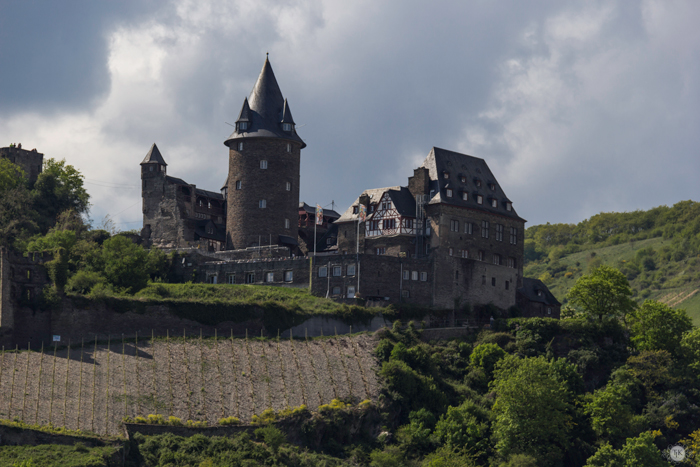
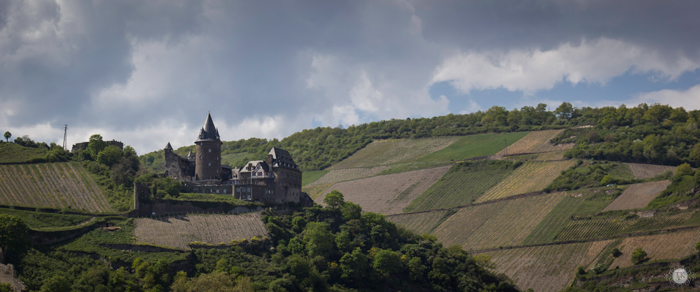
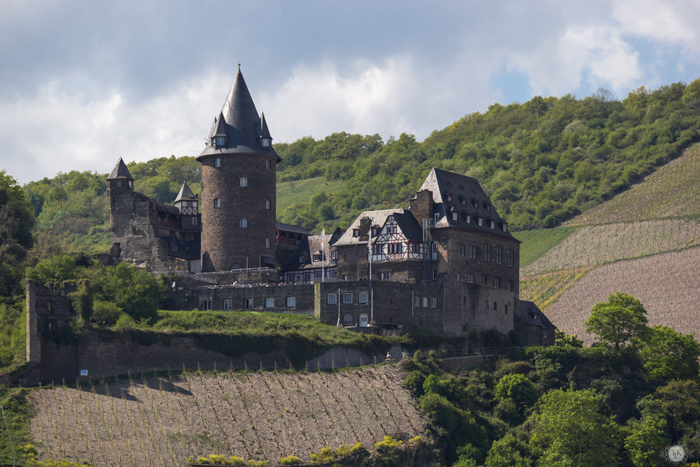
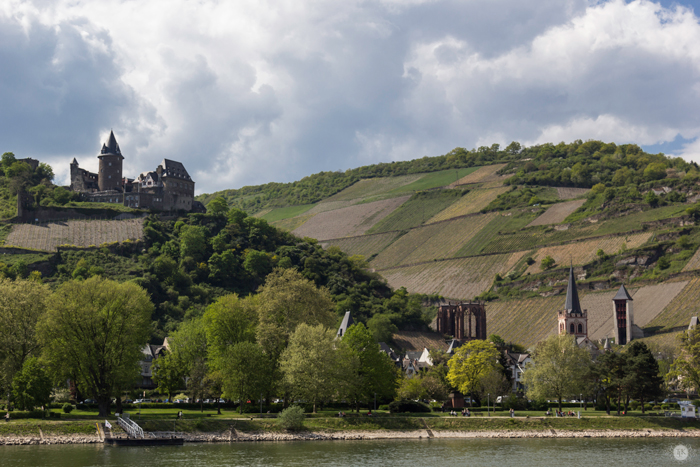
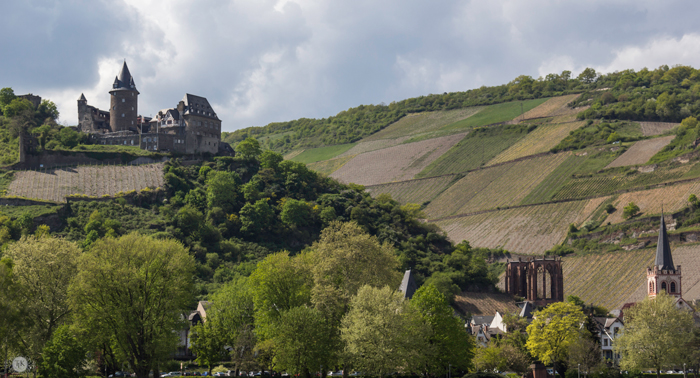
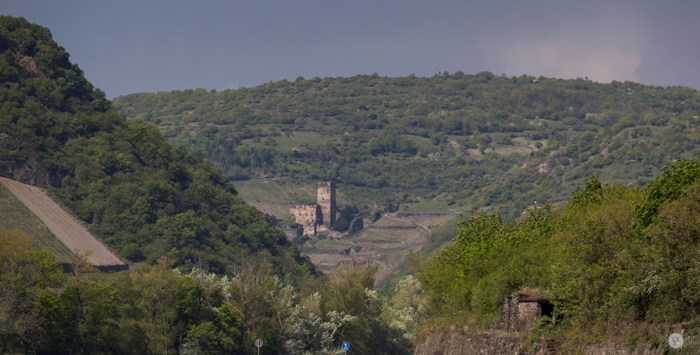
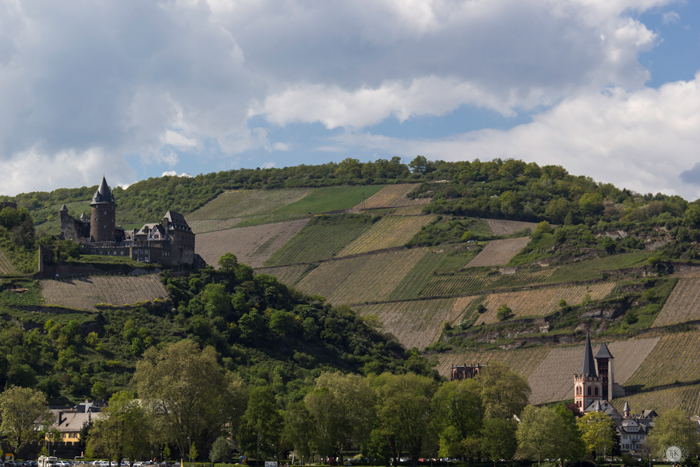
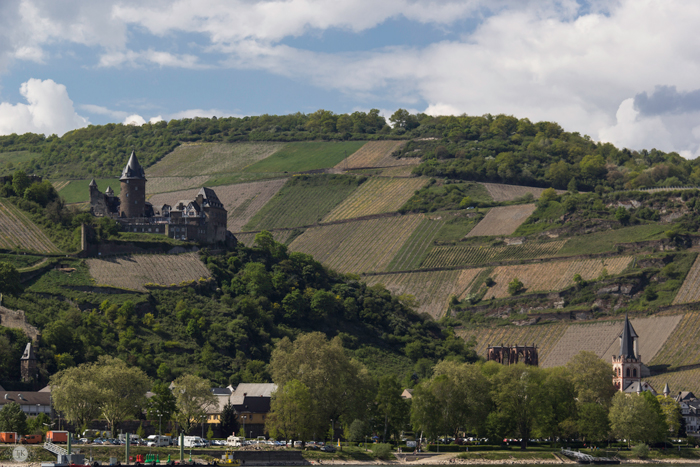
Leave a Reply